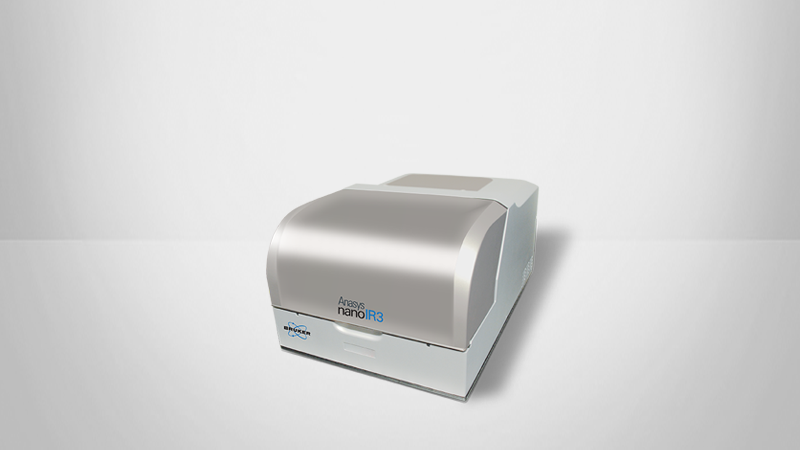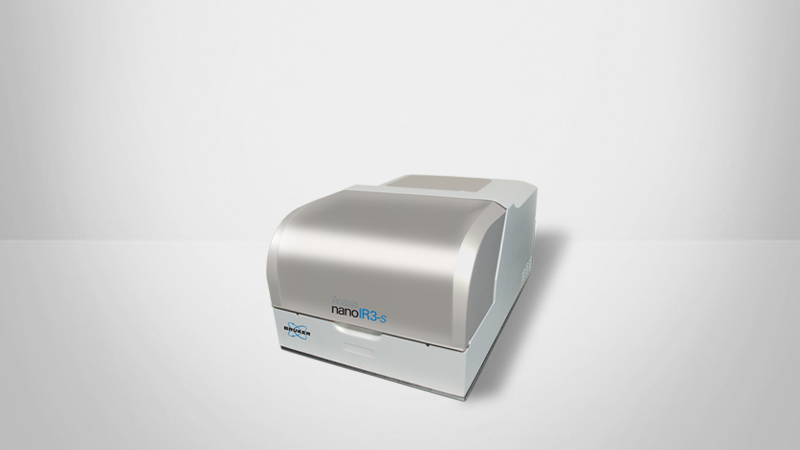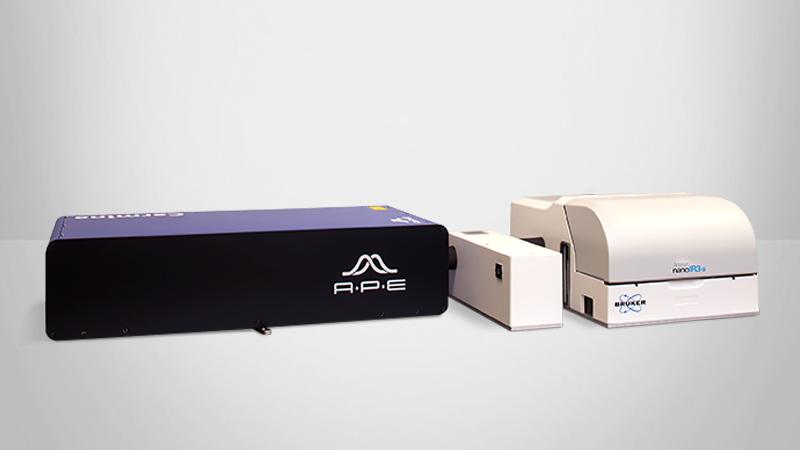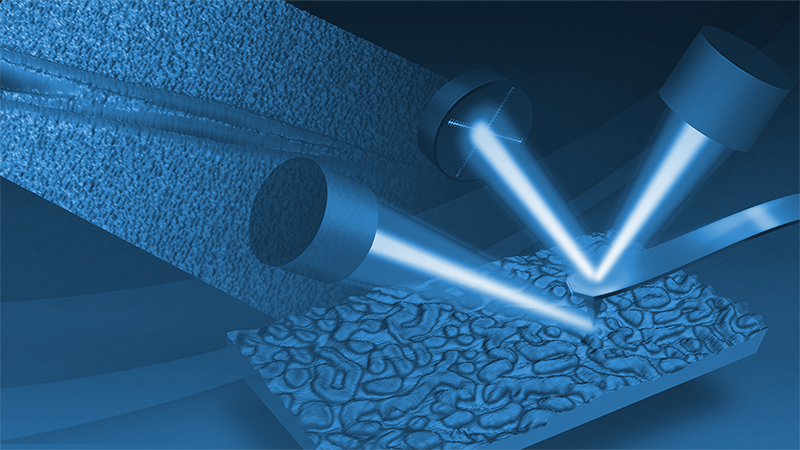Lorentz Contact Resonance
The Lorentz Contact Resonance (LCR) imaging mode further enhances the capabilities of the AFM and nanoIR systems. LCR allows rapid broadband nanomechanical measurements over a range of temperatures, identifying key sample measurement contrasts, and allowing precise probe placement for subsequent chemical or thermal analysis with nanoscale resolution.
How it Works
Lorentz Contact Resonance is based on the Lorentz force, the force on an electrical current in a magnetic field. An oscillating current passing through the Thermalever™ probe interacts with a magnetic field that is focused near the probe, resulting in a perpendicular oscillating tip sample force. The frequency of the oscillating current on the cantilever can be rapidly changed to measure nanomechanical spectra of contact resonances.
Driving the tip in this fashion, instead of with a piezoelectric crystal, has many advantages, including no moving parts in the drive system leading to clean cantilever resonance spectra with no parasitic peaks.
Because there are no moving parts actuating the cantilever, Lorentz Contact Resonance provides a very clean excitation over broad frequency ranges (bottom plot). Piezo drive schemes (top plot) can excite many spurious resonances that interfere with contact resonance measurements and interpretation of the results.
Mechanical Property Insights
Our Analysis Studio software allows frequency sweeps over a wide range (1 kHz to 4 MHz). By placing the Thermalever™ probe on the sample surface and sweeping the entire frequency range, mechanical spectra of the surface can be obtained, showing differing stiffness properties via amplitudes or shifted peaks at the resonant frequencies of the cantilever.



